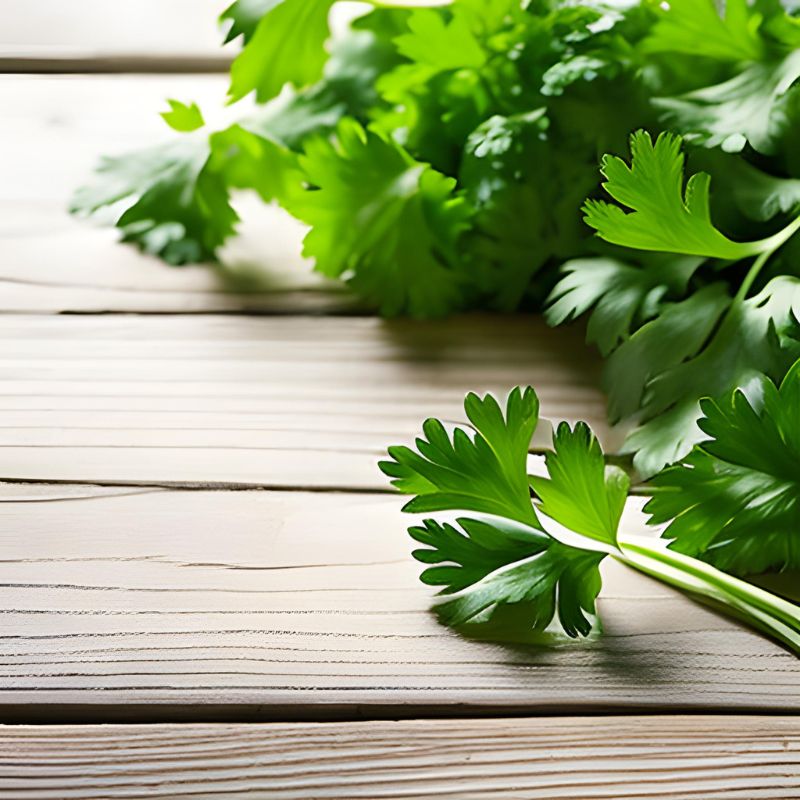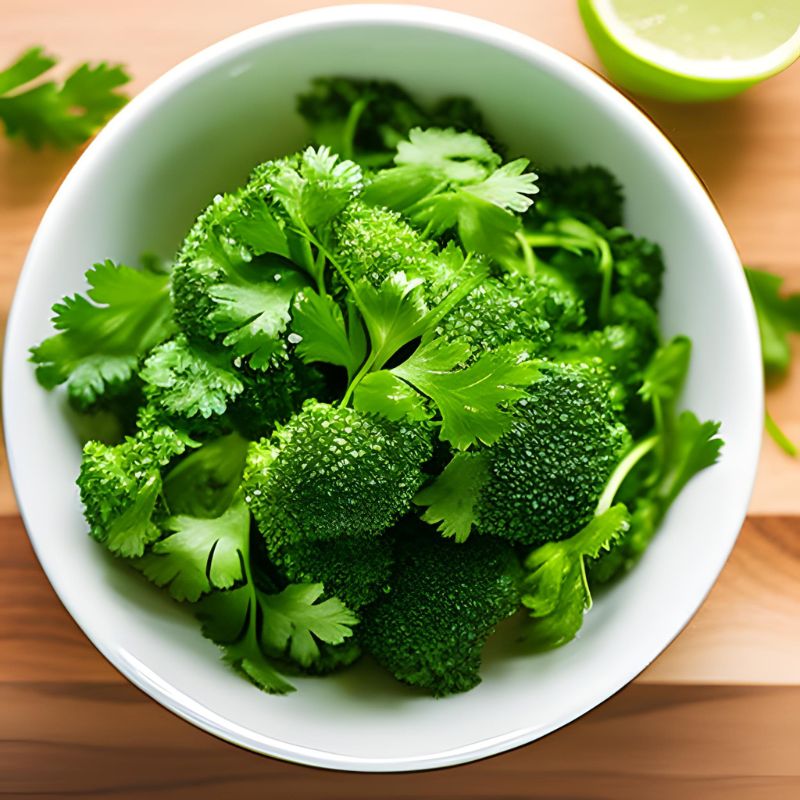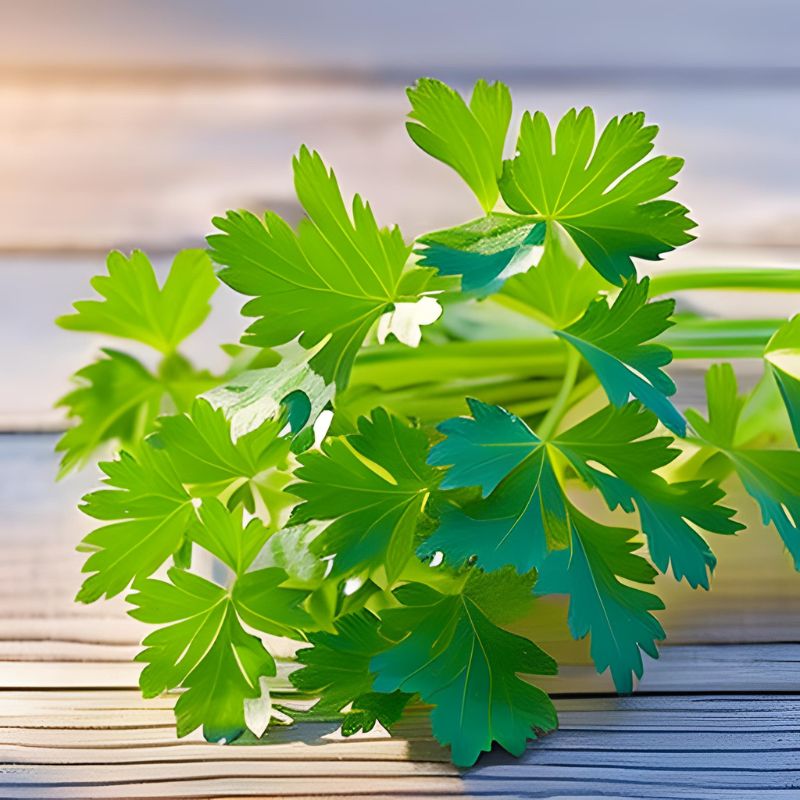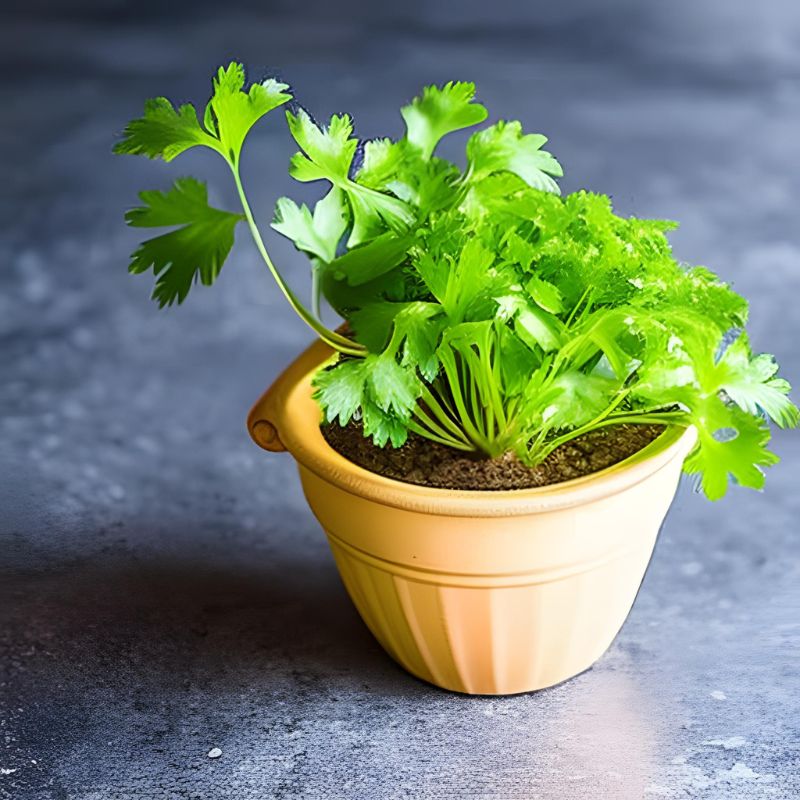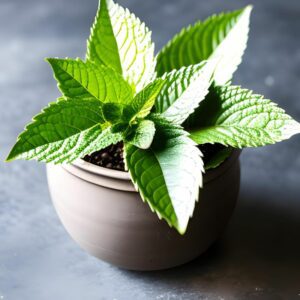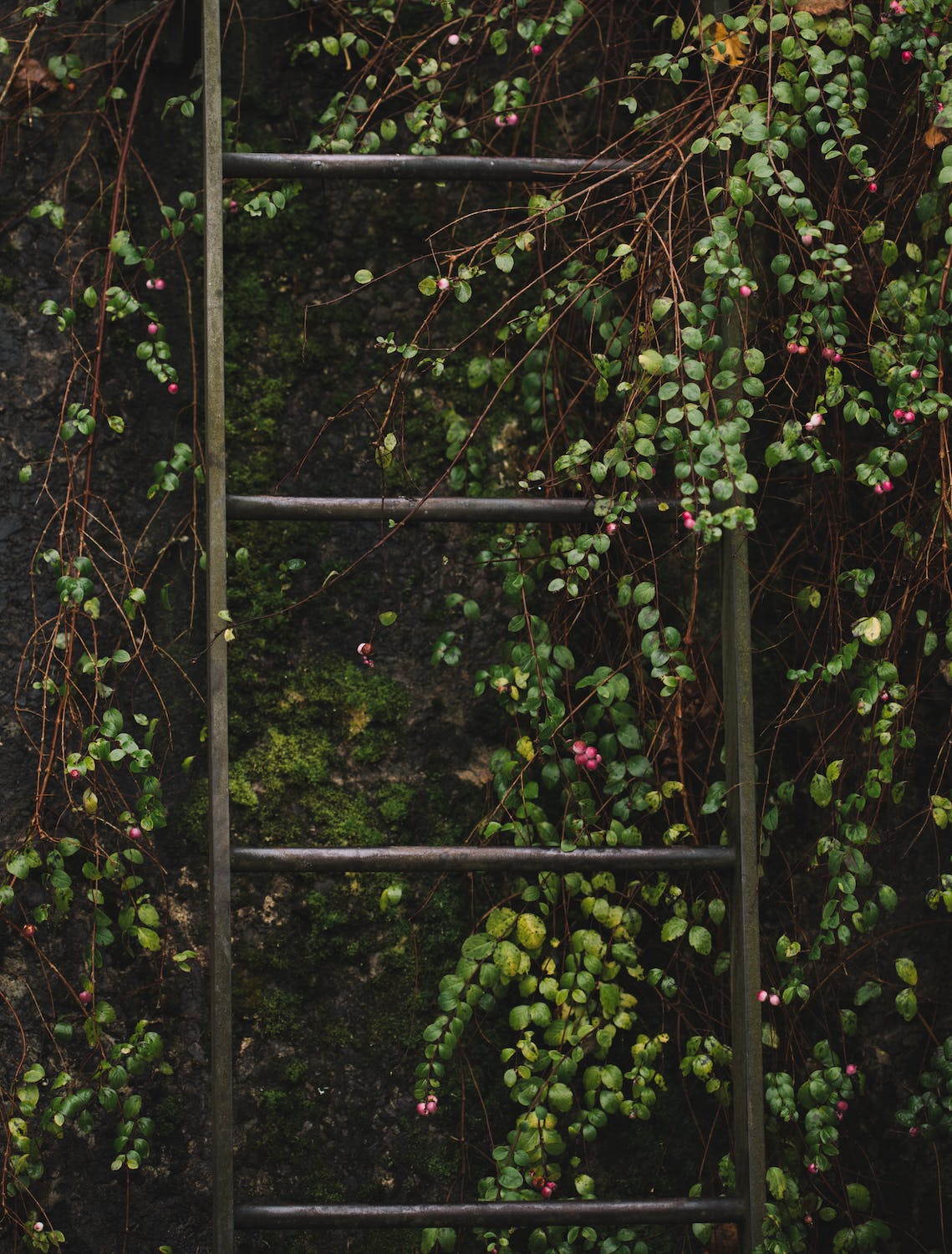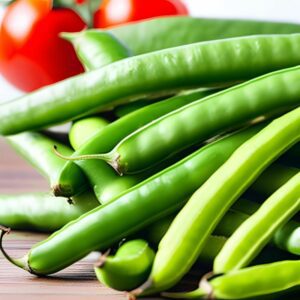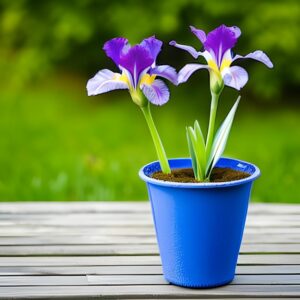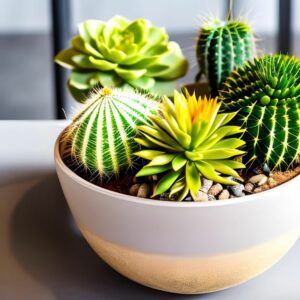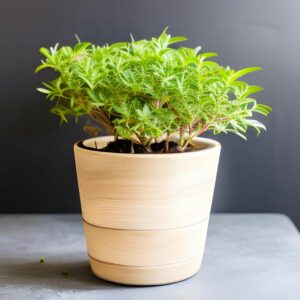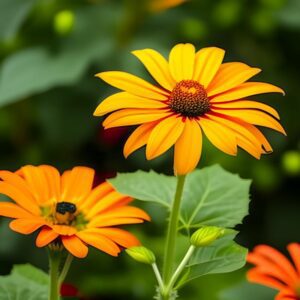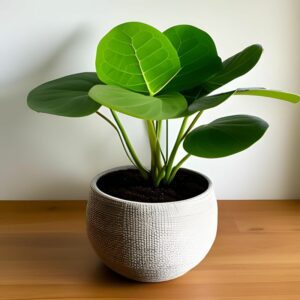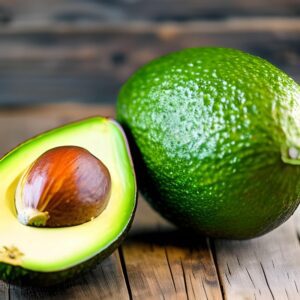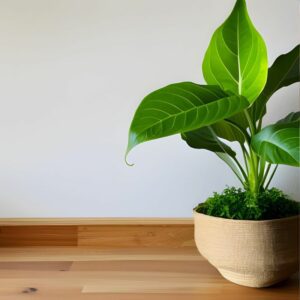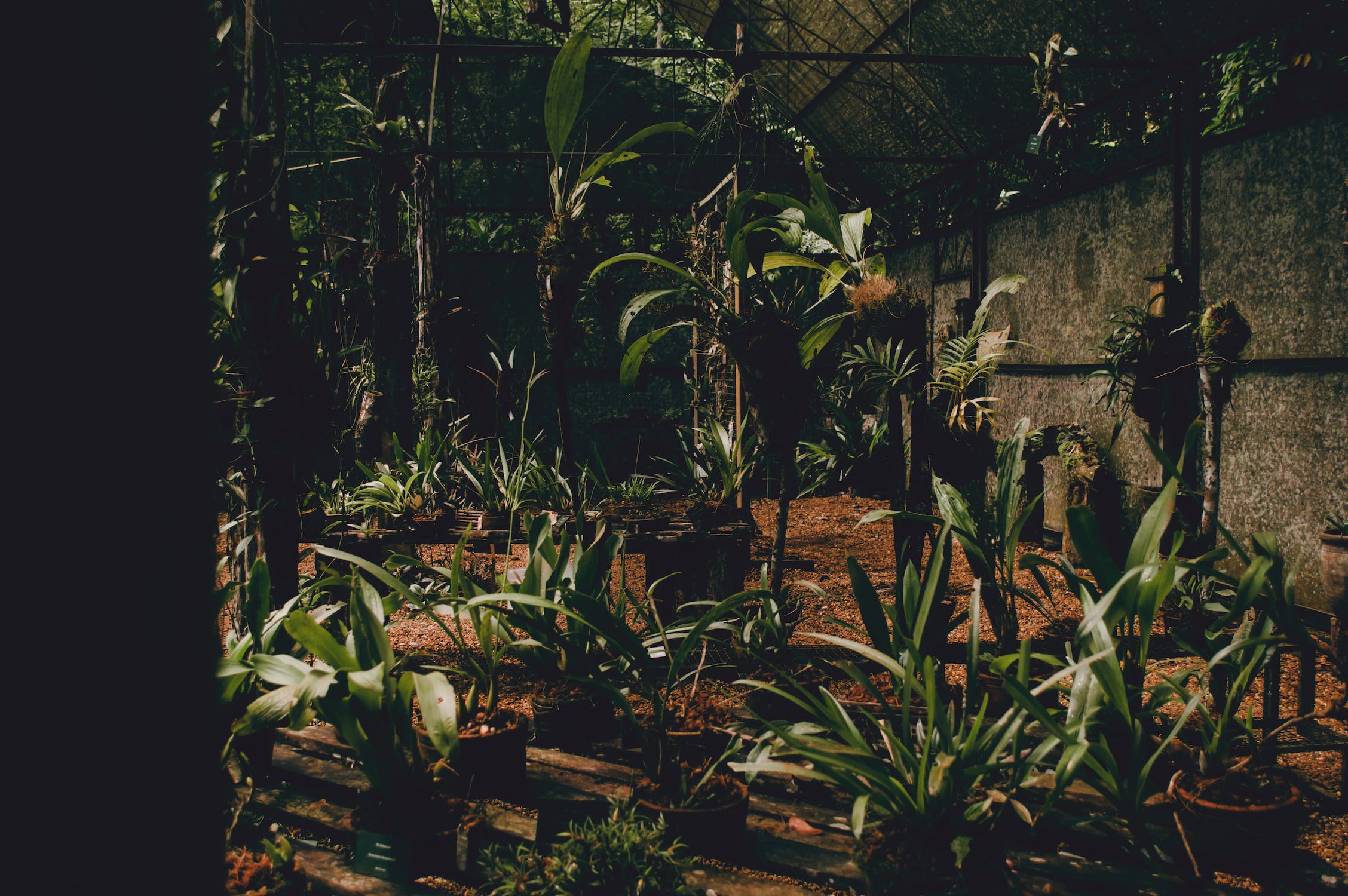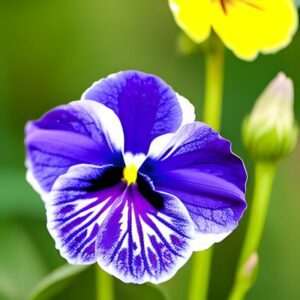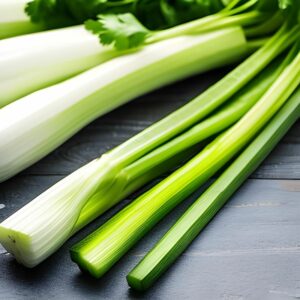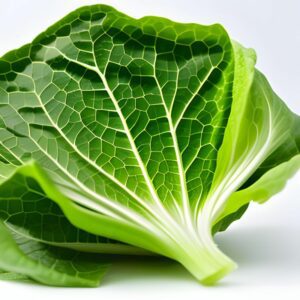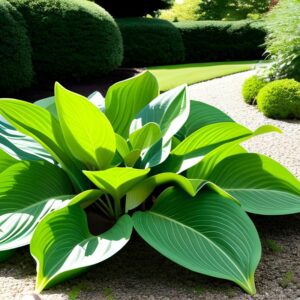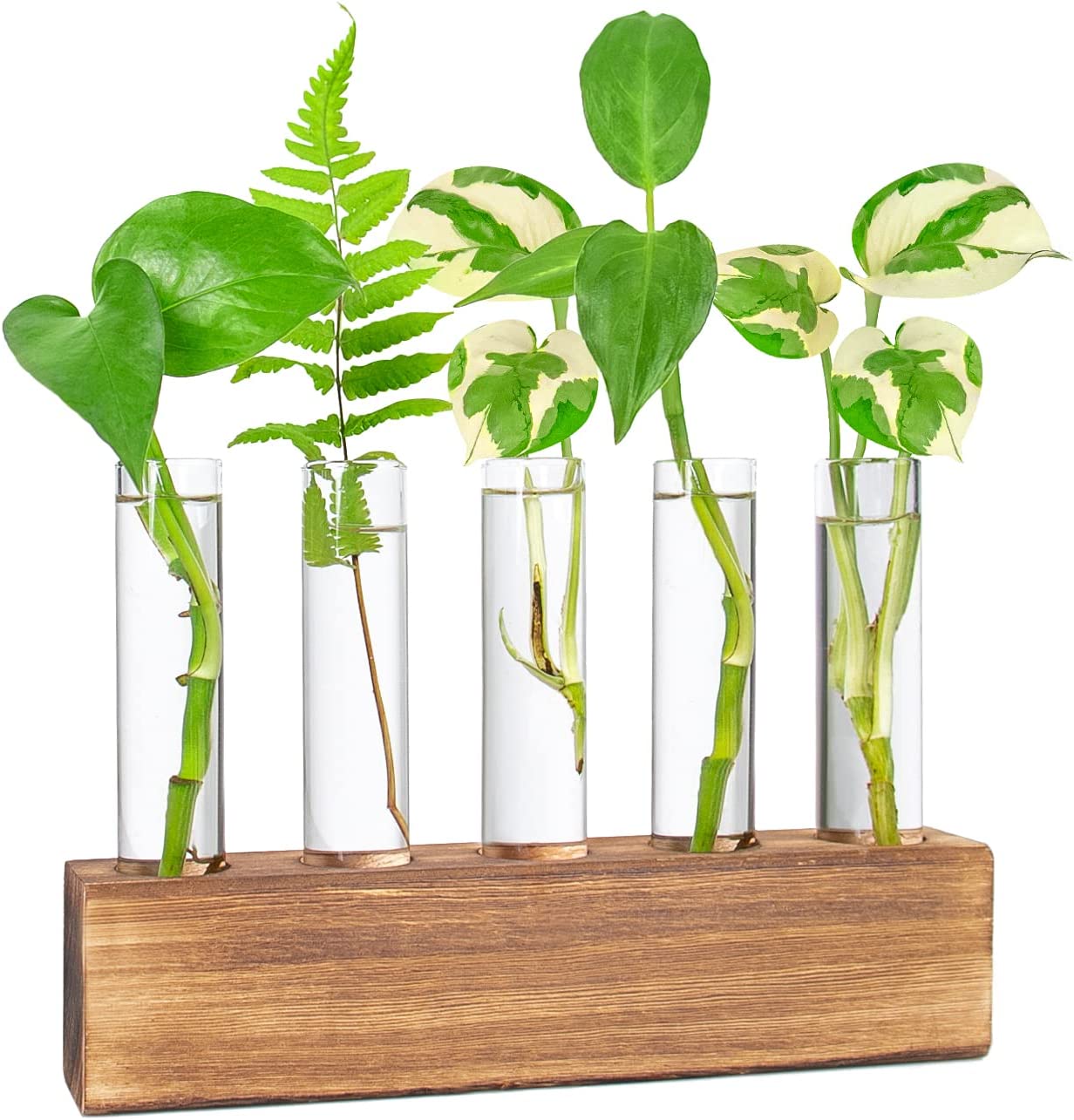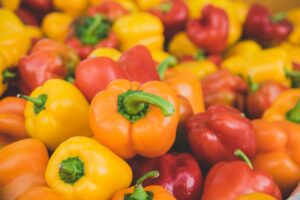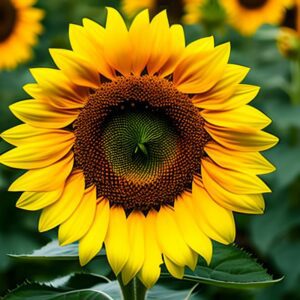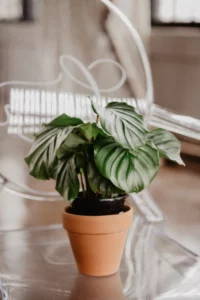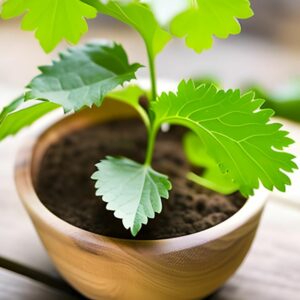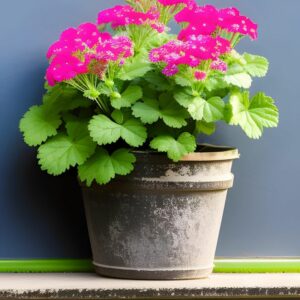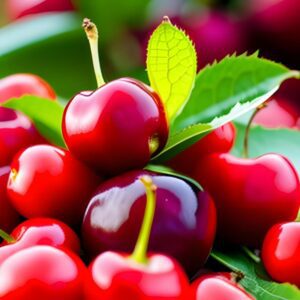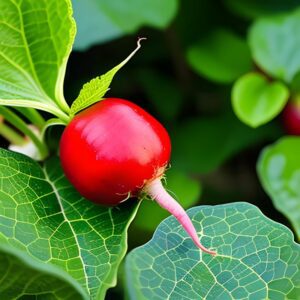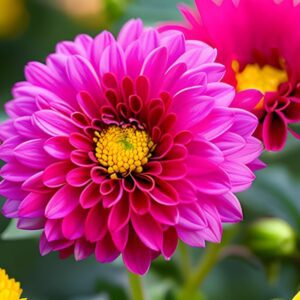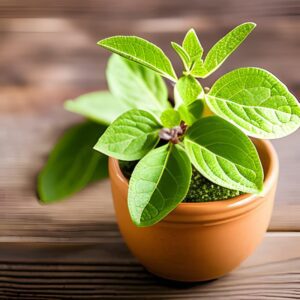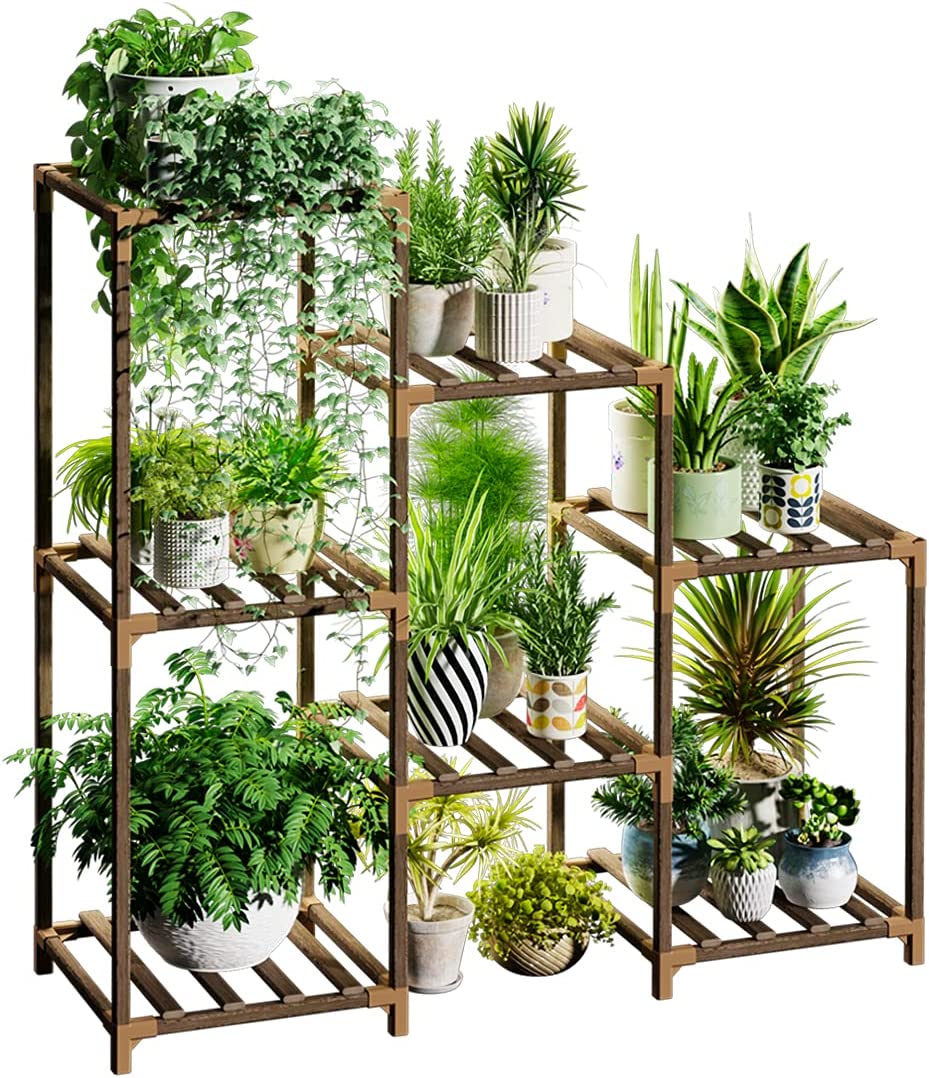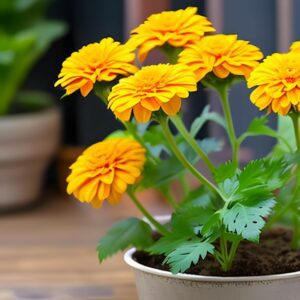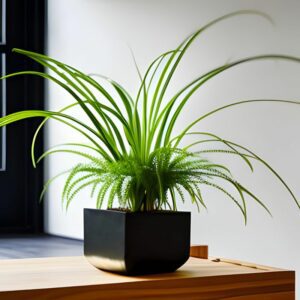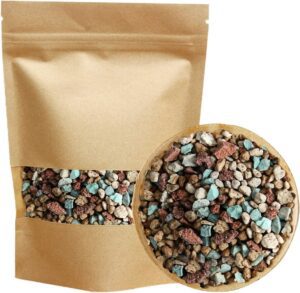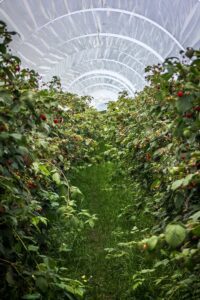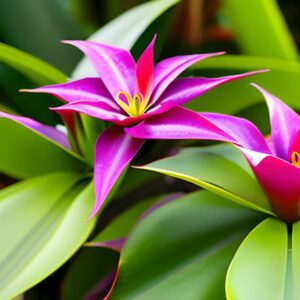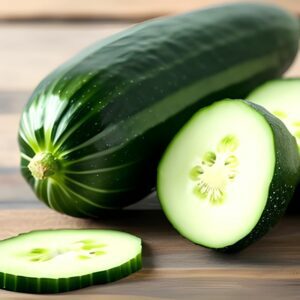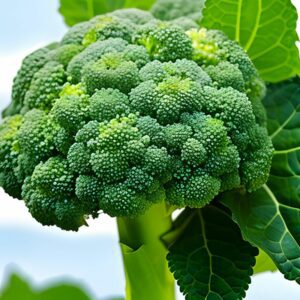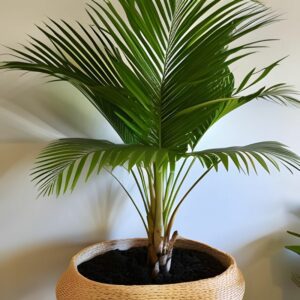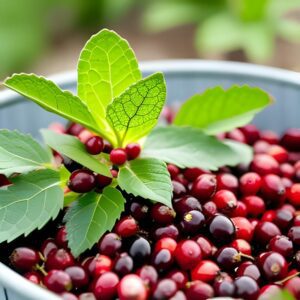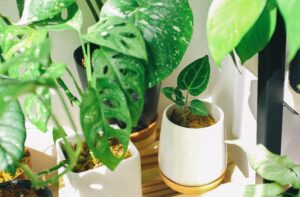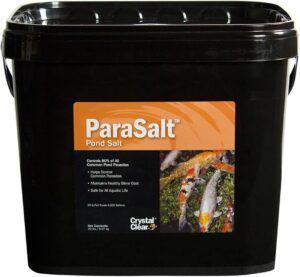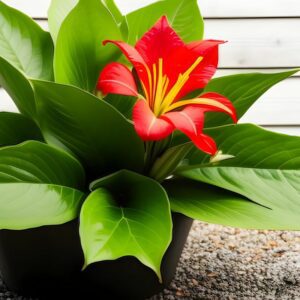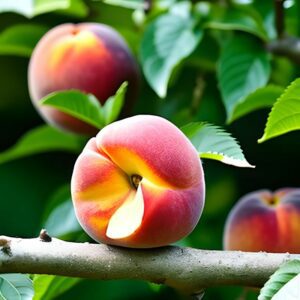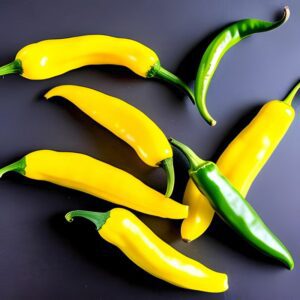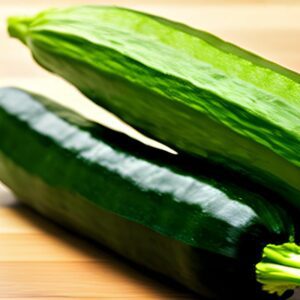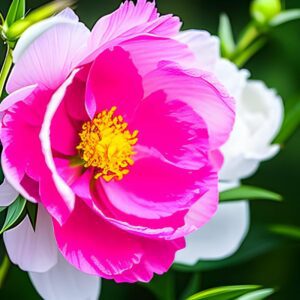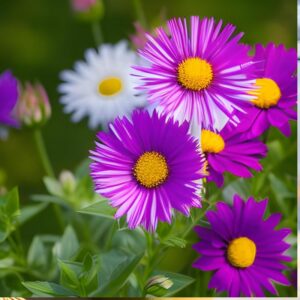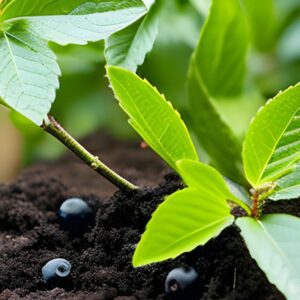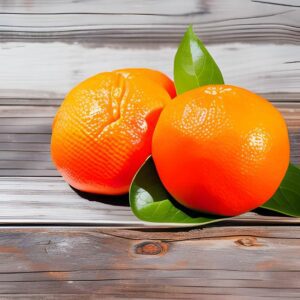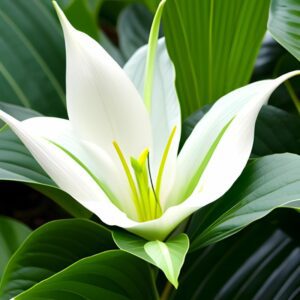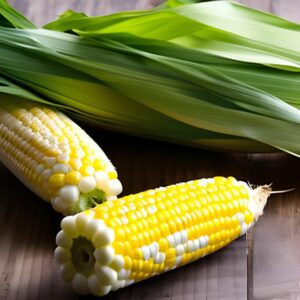Parsley
Herbs
- Mediterranean
- Easy
- 70-90 Days
Introduction
Parsley is a popular culinary herb native to the Mediterranean region. It is widely used for its fresh flavor and is a common ingredient in many dishes and garnishes.
Plant Characteristics
Parsley has bright green, curly or flat leaves, depending on the variety. It forms a compact rosette of foliage and can reach a height of about 6-12 inches (15-30 cm).
Ideal Growing Conditions
Plant parsley in a location that receives full sun or partial shade. It prefers well-drained soil rich in organic matter. Regular watering is necessary to keep the soil evenly moist.
Planting Guide
Sow parsley seeds directly in the garden after the last frost date. Plant them about ¼ inch (0.6 cm) deep and space them 6-8 inches (15-20 cm) apart. Keep the soil consistently moist during germination.
Watering and Fertilizing
Water parsley regularly, aiming to keep the soil evenly moist. Avoid overwatering, as it can lead to root rot. Apply a balanced fertilizer every 4-6 weeks to promote healthy growth.
Pruning and Maintenance
Trim or harvest outer leaves regularly to encourage new growth. Remove any flower stalks that appear to prevent the plant from going to seed.
Harvesting or Flowering
Harvest parsley leaves when they are large enough to use, usually after 70-90 days. Cut the outer stems at the base, leaving the inner stems to continue growing.
Post-Harvest Care
Rinse harvested parsley, pat it dry, and store it in a plastic bag or airtight container in the refrigerator. It can stay fresh for up to one week.
Troubleshooting
Parsley is generally a low-maintenance herb but can be susceptible to fungal diseases like powdery mildew. Provide good air circulation and avoid overhead watering to minimize the risk.
Fun Facts
Parsley is not only used for culinary purposes but also has medicinal and ornamental uses. It is a rich source of vitamins A and C, and its leaves can freshen breath when chewed.
